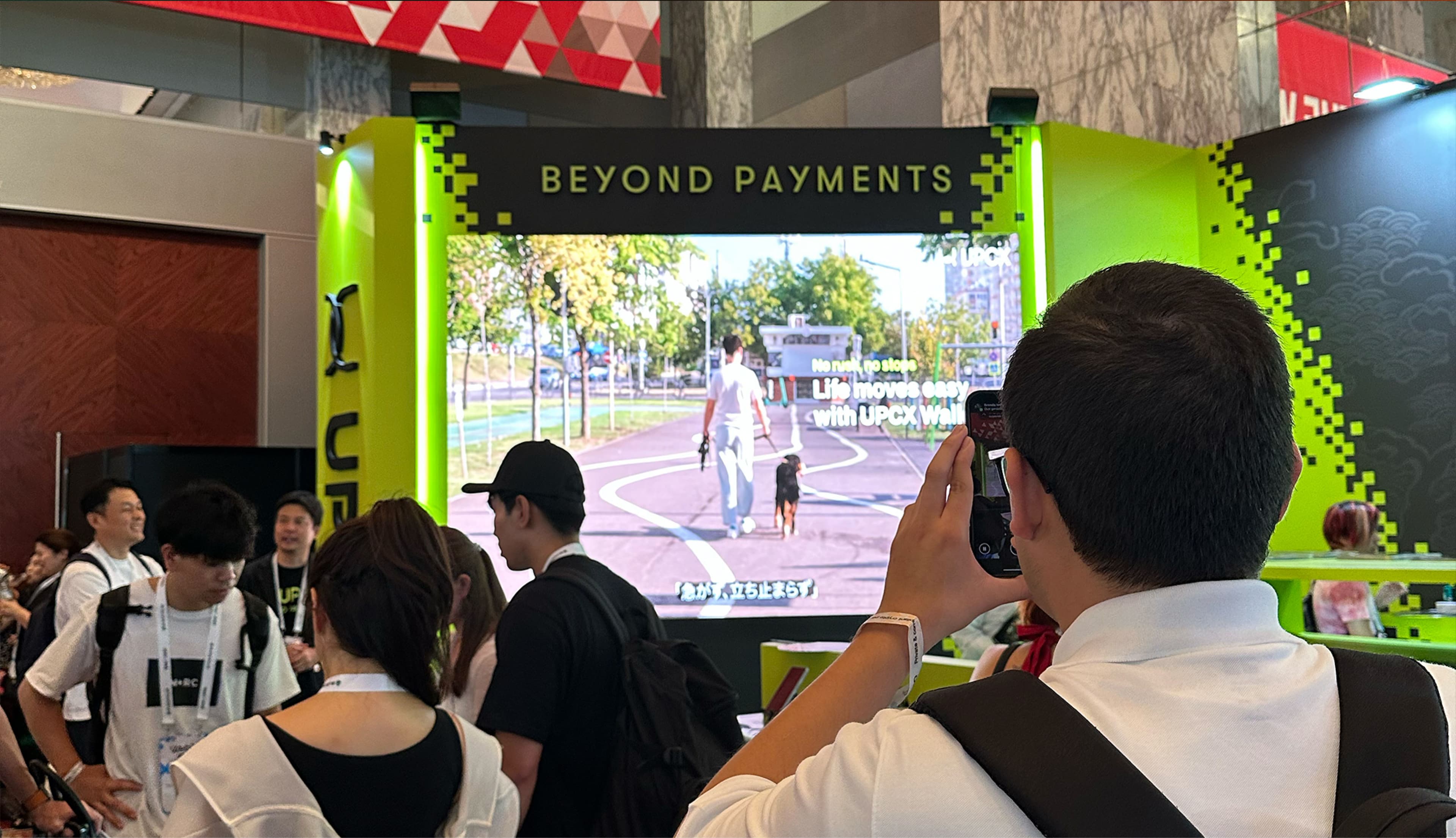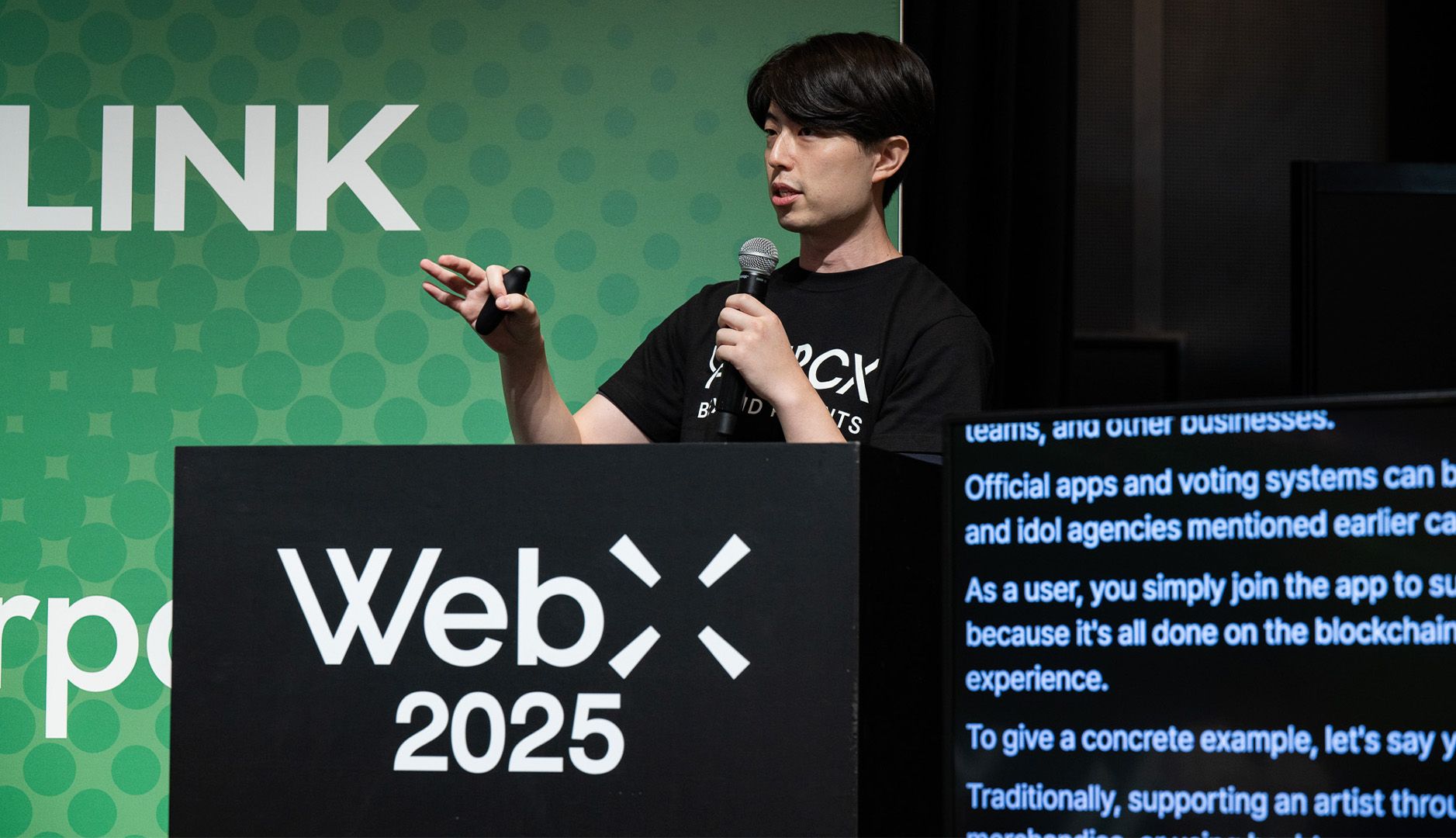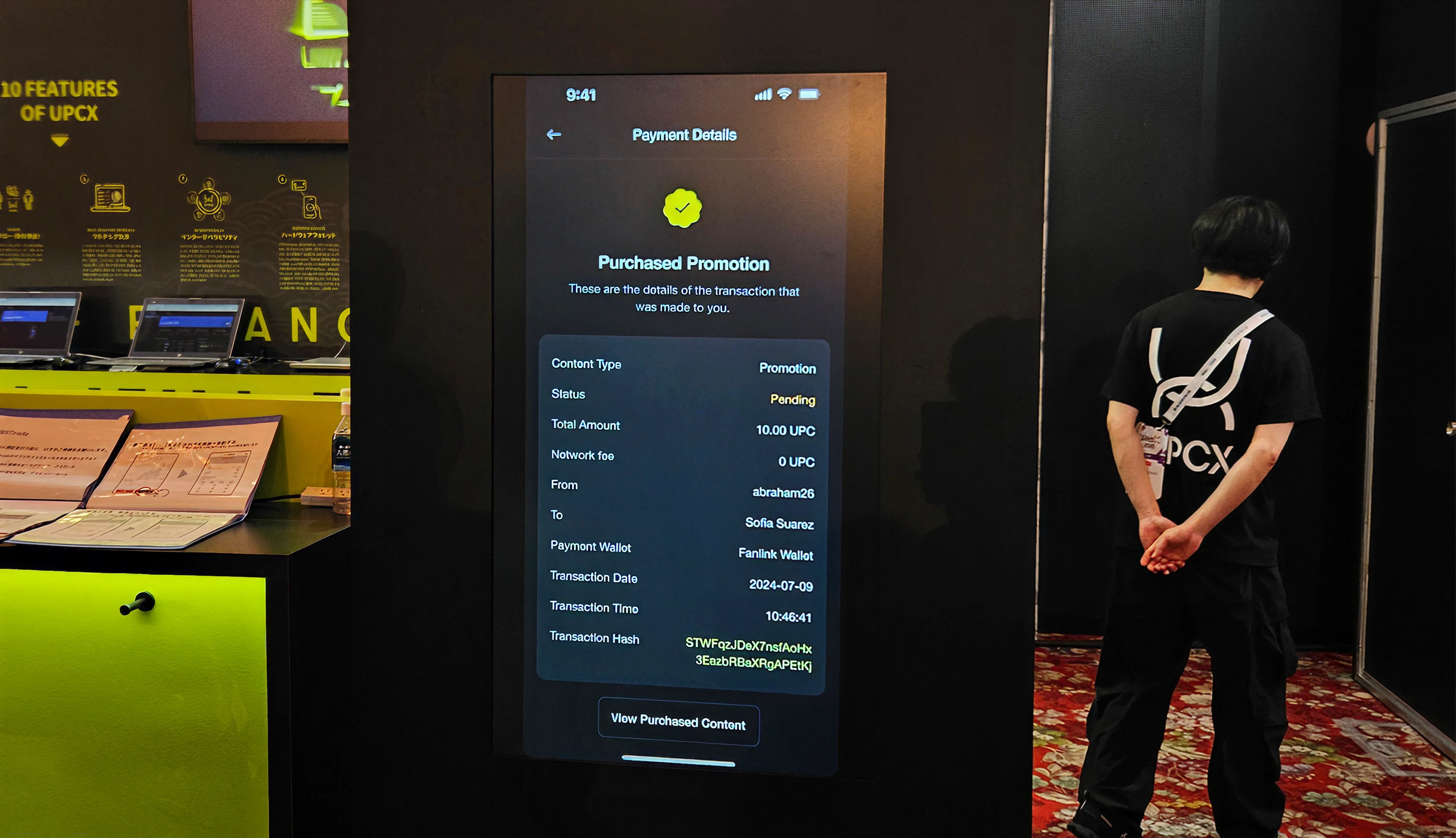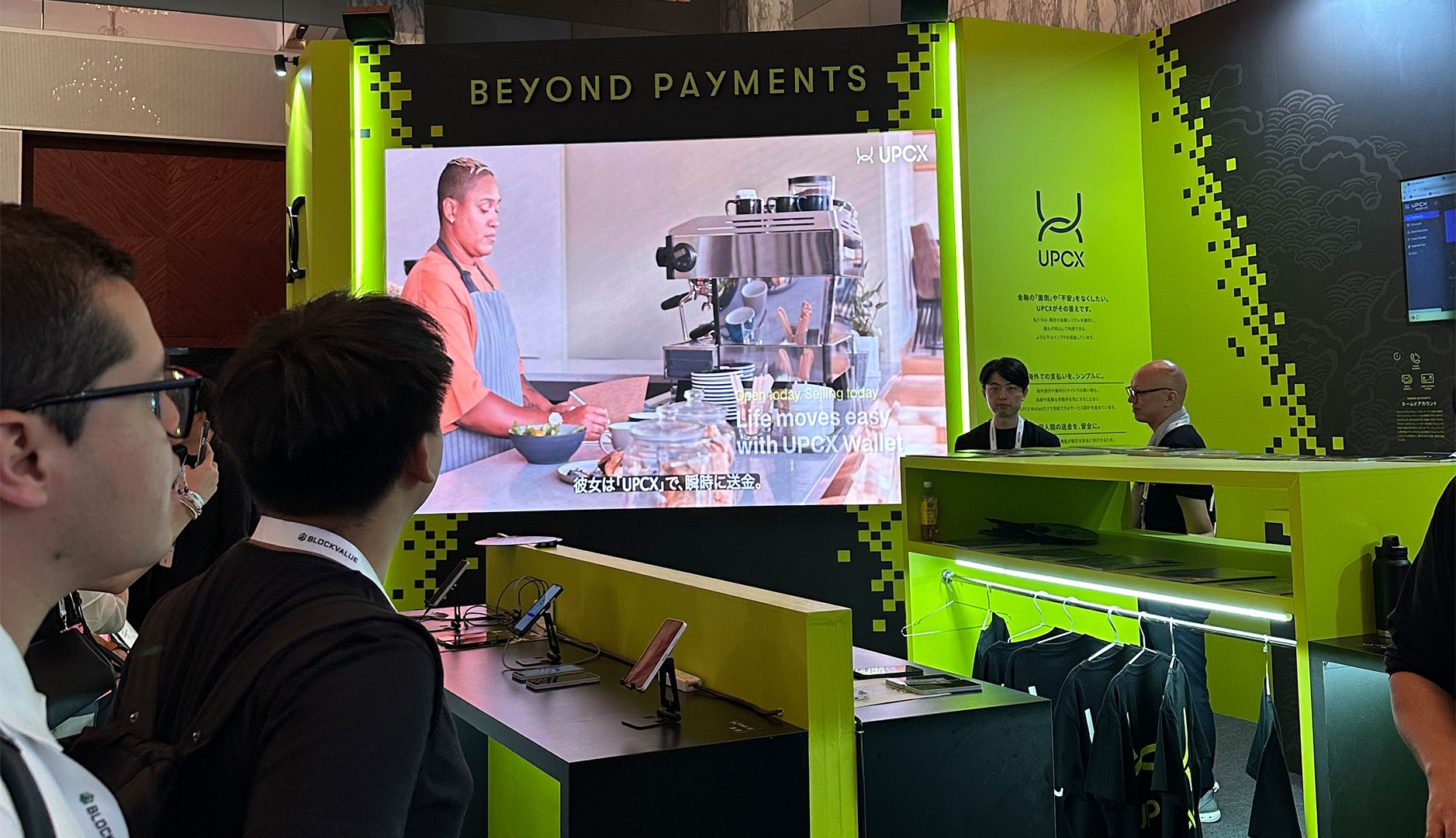At WebX 2025, UPCX showed how its L1 network surpasses 100,000 TPS with automatic payments, named accounts, and post-quantum security.

Payments have been one of Web3’s greatest challenges: how can blockchain match the speed, security, and simplicity of traditional payment networks without sacrificing decentralization? At WebX 2025, the startup UPCX delivered a powerful answer: an L1 payments blockchain capable of processing more than 100,000 transactions per second (TPS).
The Meetlabs team attended the event and experienced this innovation firsthand, now sharing it with its community as a clear example of where the Web3 ecosystem is heading.
Since its inception, Web3’s promise has been limited by technical bottlenecks. Network congestion on Ethereum, high gas fees, and lack of interoperability have slowed mass adoption in payments. UPCX proposes a qualitative leap: offering the speed and reliability of a banking system on top of an open, decentralized blockchain infrastructure.
Its architecture not only aims for extreme scalability but also integrates financial features such as escrow, automatic payments, and named accounts, making everyday use much simpler for individuals and businesses.

During the Tokyo event, UPCX didn’t just share numbers — it demonstrated live how its network could sustain loads of more than 100,000 TPS, a performance on par with —or even beyond— traditional payment systems.
The Meetlabs team witnessed this demo, which included applied use cases in e-commerce, instant transfers, and scheduled payments. Beyond the numbers, what stood out was the clarity of the message: Web3 can be just as usable and efficient as any credit card or mobile payments app.

UPCX’s proposal goes beyond transaction speed. By integrating features such as enterprise custody, asset recovery through QR codes, and plans for post-quantum cryptography, the company envisions an ecosystem where security and ease of use coexist.
For Meetlabs, this reinforces a key idea: mass Web3 adoption won’t happen just because of its disruptive potential, but because it can offer simple, familiar, and reliable experiences to end users.

UPCX’s case raises a fundamental question: can Web3 become the backbone of digital payments in the coming decade? Its demonstration at WebX 2025 suggests the answer could be yes — at least from a technical perspective.
If UPCX can scale through commercial partnerships, regulatory alignment, and user-friendly experiences, it could become a benchmark in blockchain’s path toward global financial infrastructure.
UPCX’s participation at WebX 2025 delivered a powerful message: the era of scalable, usable Web3 payments is already here. With an architecture capable of processing over 100,000 TPS, advanced features, and a strong focus on security, the company showed that blockchain can move beyond the experimental stage and stand as a real alternative to traditional payment systems.
The Meetlabs team, present in Tokyo, witnessed this breakthrough firsthand and now shares it with its community as proof that usability and scalability will drive the next wave of Web3 adoption.